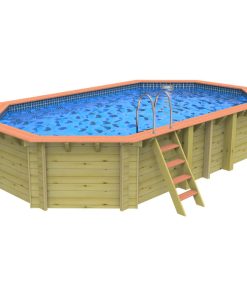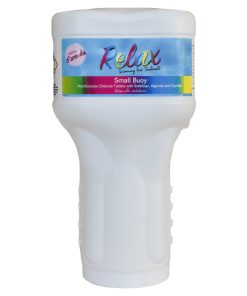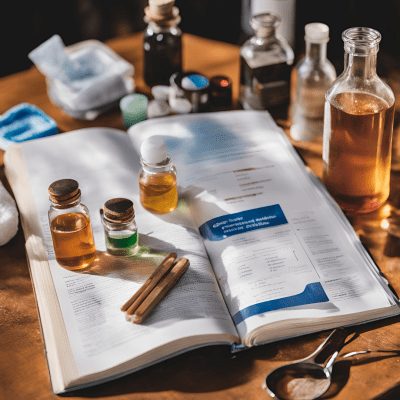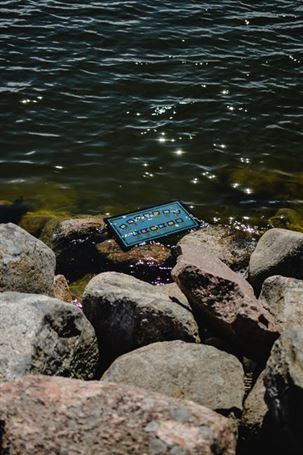Hottub, Swimming Pool
Legionnaires’ Disease and Spa Pools: What You Need to Know
The following text explores Legionnaires’ Disease and Spa Pools and presents crucial information.
Legionnaires’ disease represents a severe pneumonia condition that results from infection by Legionella pneumophila bacteria. The bacteria can cause infection in multiple locations yet spa pools represent a specific identified risk when facilities lack proper management practices. The Health and Safety Executive (HSE) document indicates that Legionella pneumophila the disease-causing bacteria commonly inhabits spa-pool systems when their design or management proves inadequate [2]. Spa pool owners and users must comprehend the risk of this bacterial disease because it requires appropriate prevention measures.
Legionella bacteria proliferate best in stagnant water at temperatures between 20–45 °C [2]. Spa pool conditions which include heated water and agitation allow the bacteria to multiply when water quality management fails [4]. Air jet systems together with other aerosol-emitting equipment increase the risk since these tiny water droplets can directly transmit bacteria into lung tissue [4].
It’s important to understand who is most vulnerable to Legionnaires’ disease. According to the document all people can develop infections but the following groups face an elevated risk:
The risk of infection increases with age especially among people older than 45 years [25]
Smokers and heavy drinkers [25]
People who have respiratory diseases or particular illnesses and conditions including cancer diabetes and heart and kidney disease face increased risk [25, 26]
Those individuals whose immune system functions are impaired [26]
The use of spa pools and hot tubs becomes more critical for individuals who belong to these risk groups.
The following measures must be implemented to stop Legionella growth and distribution in spa pools:
Maintain water temperature control. Bacterial growth requires temperatures between 20 and 45 °C which must be avoided for proper management.
Implement proper disinfection. Effective disinfectants like chlorine or bromine must be used to maintain their correct concentration levels [19].
Clean regularly. The process of cleaning spa pools and their parts on a regular basis assists in bacterial prevention by removing organic material that bacteria need to survive [24].
Ensure proper circulation and filtration. A proper filtration system removes debris while maintaining water quality [27].
Regular maintenance schedules need to be followed. Follow the manufacturer’s instructions and HSE guidance [28].
The necessary preventive measures against bacterial growth combined with knowledge about disease risks will create safer spa pools.
FAQs
What is Legionnaires’ disease?
Legionnaires’ disease represents a severe pneumonia condition which results from Legionella pneumophila bacterial infection [1, 25].
What are the methods of Legionnaires’ disease transmission through spa pool systems?
The disease results from breathing in Legionella-contaminated water droplets that create aerosols [4].
The population groups who face the greatest risk of developing Legionnaires’ disease include individuals over 45 years old together with smokers and heavy drinkers and patients who have existing respiratory conditions and weakened immune systems.
The Legionella bacteria reach their optimal growth rates in water temperatures ranging from 20 to 45 degrees Celsius [2].
What measures should I take to stop Legionnaires’ disease from occurring in my spa pool?
The prevention of Legionnaires’ disease requires regular water testing and proper disinfection combined with thorough cleaning and strict maintenance schedules [4].


















